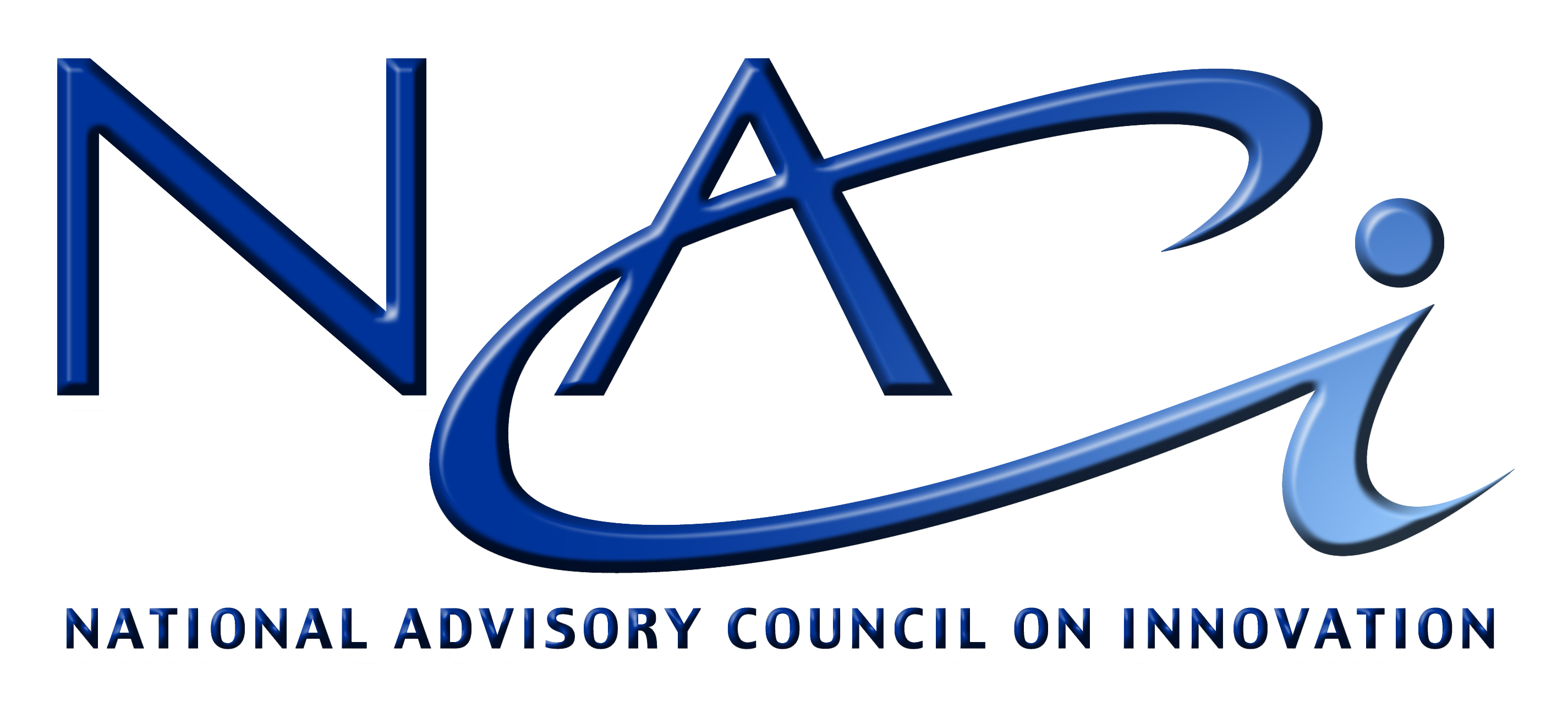The Presidency outlines the approach being taken to SA stimulus framework
The Presidency’s Deputy Head: Policy Coordination and Advisory Services Alan Hirsch responded to a series of questions posed to him by Engineering News Editor Terence Creamer about the so-called ‘Framework for South Africa’s Response to the International Economic Crisis’ released late last week.
The ‘Framework’ document, which was drafted by government, business, labour and community representative, under the aegis of The Presidency and the National Economic Development and Labour Council, is effectively South Africa’s first attempt at articulating a possible stimulus package to deal with the domestic economic consequences of the prevailing downturn in the global economy.
The partners have been given an additional month to firm up some of the proposals, with five task teams having been established to provide impetus to the plan. Below is a transcript of an email conversation conducted between Engineering News and Hirsch:
Terence Creamer: Who is driving this initiative?
Alan Hirsch:Â We report to the President [Kgalema Motlanthe] and his Joint Economic Working Group.
What is new in the plan and what is existing, but simply re-emphasised?
There are a lot of commitments to doing things differently in the plan that are new.
Is there any new money in the plan and where will the funds come from?
There are no new funds currently allocated to activities under the plan. Existing resources will be used differently or more urgently. For example, the [R10-billion] National Jobs Initiative essentially includes funds allocated to Public Works, the Department of Trade and Industry (DTI), and the Department of Labour (DoL), but the implementation of the programmes concerned might be modified or speeded up.
Please unpack the R10-billion for the National Jobs Initiative and where that money comes from?
This consists, as indicated above, of funds devoted to job creation and private sector support. They reside largely in the DTI, the Department of Public Works and the DoL, and currently add up to more than R10-billion for the MTEF (Medium Term Economic Framework) period, but we used a more conservative number.
There seems to be a heavy reliance on the Industrial Development Corporation and other development finance institutions (DFIs). Do they have the financial and implementation capacity
Further engagements with them will establish the answer to these questions in more detail, and responses will be formulated.
Does the DTI have the financial and implementation capacity to act on its portion?
The DTI will have to allocate resources to these activities. Some activities, such as reformulating and administering reformulated industrial incentive programmes should be fairly straightforward. The commitments to engage with distressed sectors systematically will be more demanding. The DTI might wish to second people from elsewhere to assist them in some of these activities.
How will the industrial policy and its associated action plan, or Ipap, and the new ‘Framework’ package relate to one another?
Ipap is for long-term strategies and programmes and the Framework is to address short- to medium-term critical issues. The Framework interventions are not long-term strategies, and they should not negatively affect the development and implementation of the longer-term strategies.
Are there any concerns that the ‘buy local’ clauses in the Framework might not be World Trade Organisation (WTO) compliant?
We believe that there is nothing in the Framework that contradicts the spirit or the rules of the international trading system.
What sectors do you want ITAC (the International Trade Administration Commission) to focus on for possible new antidumping probes?
That would be subject to the processes indicated, and would derive from consultations with social partners.
Will antidumping measures really work to help buffer local firms, given that they take so long to implement? Is any thought being given to placing immediate duties on imports and companies under investigation as they do in some other jurisdictions?
We intend to avoid doing anything outside of the spirit or the framework of the WTO. The option you mention was not discussed in any detail in the preparations for the Framework, but it might be discussed in the future.
Will there be a series of sector conferences to work out the bail-out plans for the various sectors in distress? What is the schedule for this?
There is no schedule as yet.
Who is part of the task team setting up the ‘firms-in-distress’ programme of action?
The DTI will lead this activity on behalf of government.
What kinds of tools and instruments could be deployed to support firms in distress?
The key instruments seem to us to be to ensure that lines of credit run as smoothly as possible, and to ensure that the existing tools of government are deployed effectively. There is no sense that we are considering large-scale bail-outs as some countries have been forced to do. We expect to devote most of our resources to investing in the future through the public investment programmes and to cushioning the impact of the economic crisis on the poor and the most vulnerable.
Are bail-outs for debt-laden black economic-empowerment deals receiving priority? What can be done?
This was not discussed in the response to the crisis process.
What happens in the interim while the plan is being developed?
Some activities can begin immediately, others will take longer to prepare.
Will the programme be implemented immediately once the reports from the task team have been accepted, or will it need to go to the National Treasury, or even Parliament?
We report to the President’s Joint Economic Working Group. It would only be necessary to go to Parliament for changes in law or to the Treasury for funds. But neither of these issues is seen as an obstacle to implementation in the short- to medium-term.
this article was edited by Terence Creamer of Engineering News
